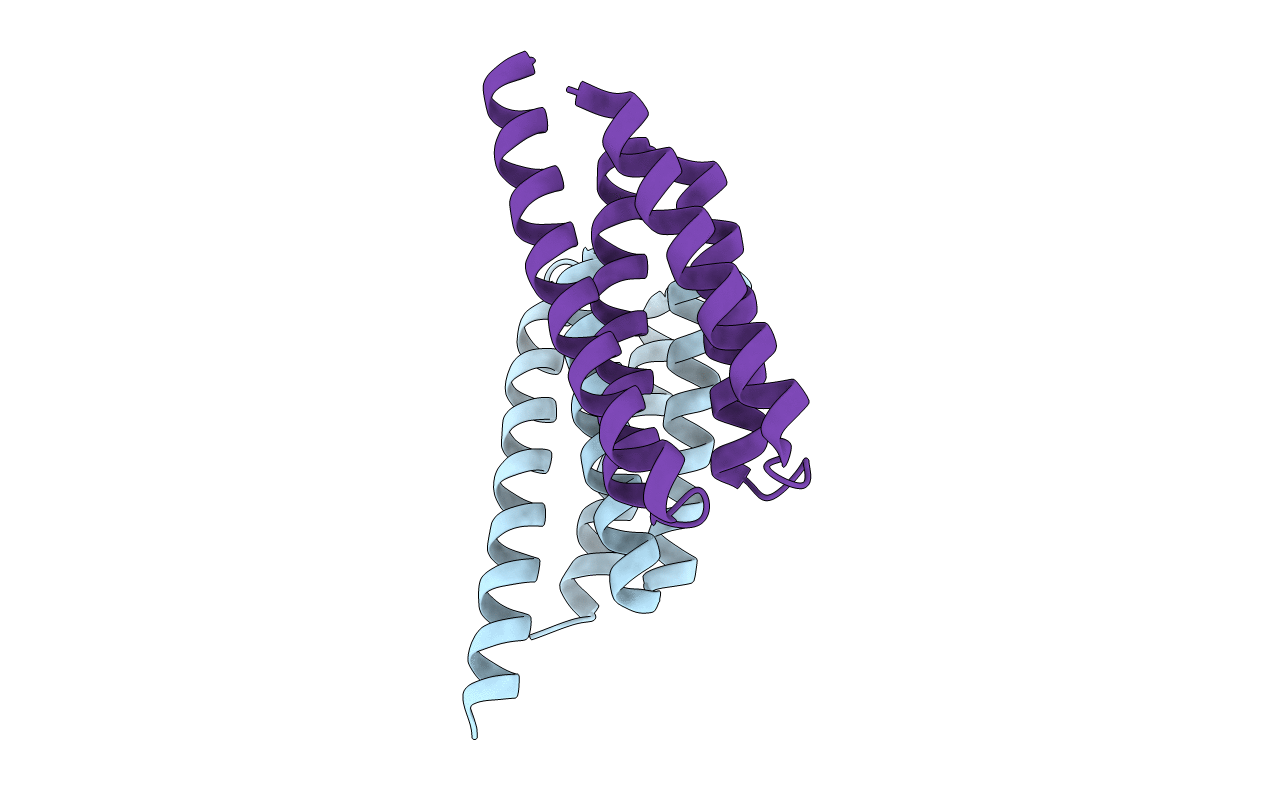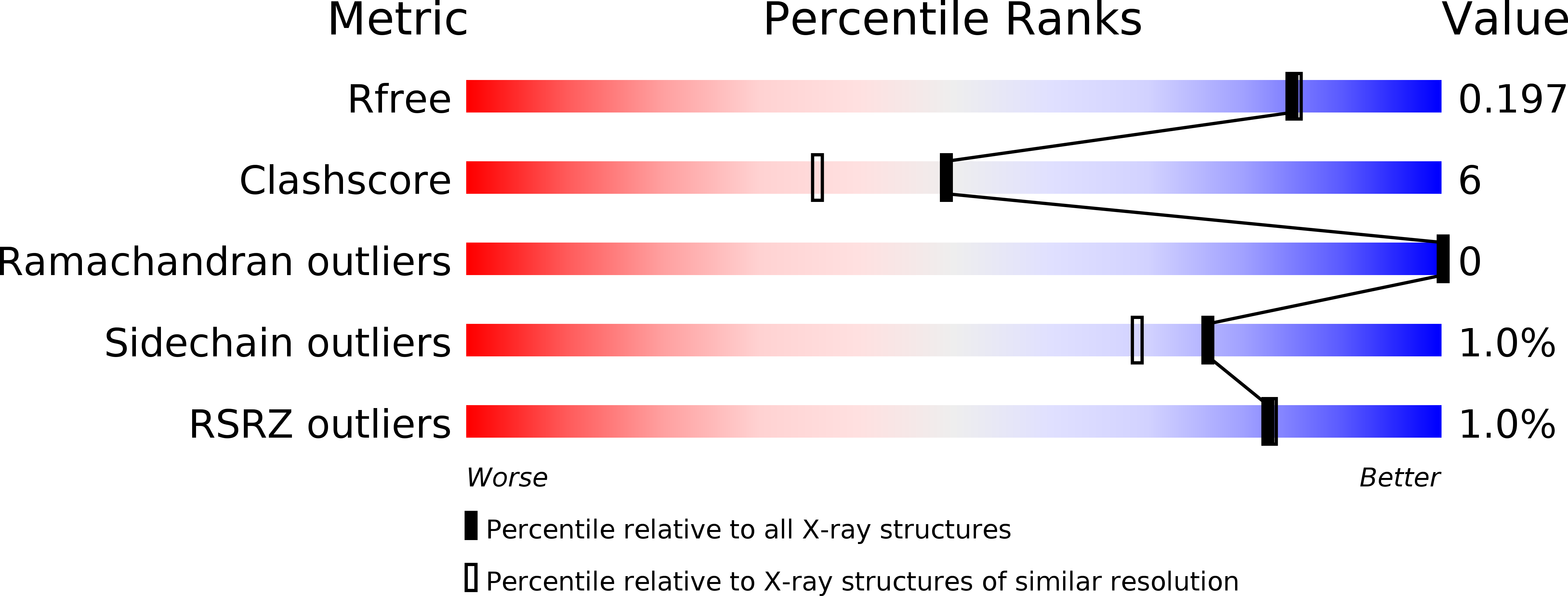
Deposition Date
2011-10-05
Release Date
2012-06-13
Last Version Date
2024-04-03
Entry Detail
PDB ID:
3U3B
Keywords:
Title:
Crystal Structure of Computationally Redesigned Four-Helix Bundle
Biological Source:
Source Organism:
synthetic construct (Taxon ID: 32630)
Host Organism:
Method Details:
Experimental Method:
Resolution:
1.85 Å
R-Value Free:
0.21
R-Value Work:
0.17
R-Value Observed:
0.17
Space Group:
P 1


